Adinkra symbols are parts of Ghana’s historical culture that depicts things surrounding us as Ghanaians with undiluted meanings.
In Ghana, symbols are very important because they are used for designing local artefacts. One of the well-known brands of symbols in Ghana is the Adinkra symbol.
The Ghana Report’s Ghana Month series will in this edition focus on some special symbols known as ‘Adinkra Symbols’ that can be found in most of our fabrics, especially our authentic made-in-Ghana kente cloths, logos and other beautiful and memorable artefacts.
The Adinkra symbols originated from the Brong-Ahafo Region now Bono Region which has Sunyani as its capital town. The Bono people in Gyaman in the olden days crafted many symbols that represented concepts and observations which have a general truth and are acceptable by all tribes in the country.
Research has shown that the King of Gyaman, Nana Kwadwo Agyemang Adinkra originally designed the symbols and named the brand after himself, hence, ‘Adinkra Symbols’.
The Akan people, later on, started weaving different colourful kente by illustrating some of the Adinkra symbols in them to tell more about our Ghanaian culture.
Another essence of using Adinkra symbols in fabrics, pottery or logos for company brands is to maintain the Adinkra symbols for posterity.
Some years after, the Fantes, the Akuapems and the Akyems, all Akan people who originated from the Bono Kingdom started carving different Adinkra symbols and used them for different artefacts even after the death of Nana Kwadwo Agyemang Adinkra.
Below are some of the Adinkra Symbols and their meanings.
- Bese Saka (Sack of cola nuts)
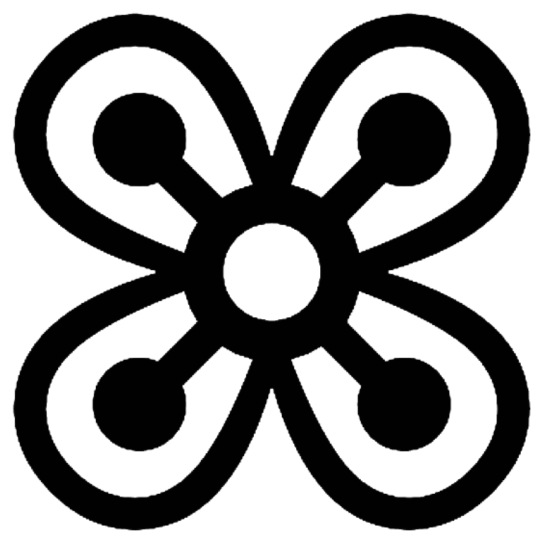
‘Bese Saka’ which literally means Sack of cola nuts means affluence, abundance or unity.
- Aya (Fern)
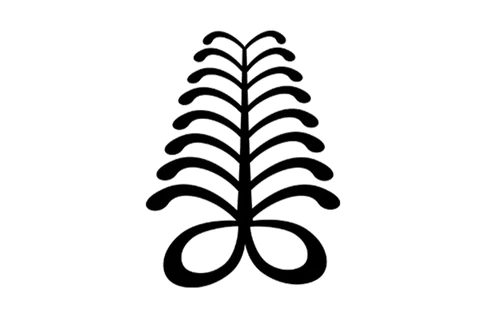
The ‘Aya’ literally means fern and it connotes endurance or resourcefulness.
- Akofena (Sword of war)
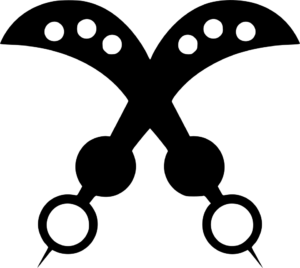
The ‘Akofena’ literally means sword of war and it stands for courage and valour.
- Ananse Ntontan (Spider’s web)
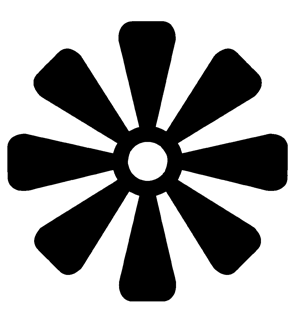
‘Ananse Ntontan’ which literally means Spider’s web represents wisdom and creativity.
- Me Ware Wo (I shall marry you)

‘Me Ware Wo’ literally means I shall marry you and it connotes commitment and perseverance.
- Mpuannum (Five kinds of stuff of hair)
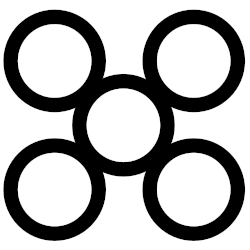
The ‘Mpuannum’ literally means five kinds of stuff of hair and it stands for the priestly office, loyalty and adroitness.
- Nkonsonkonson (Chain Links)
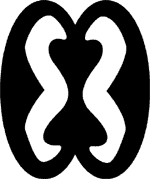
The ‘Nkonsonkonson’ literally means chain links which stand for unity and good human relations.
- Nea Onnin No Sua A, Ohu (He who does not know can know from learning)
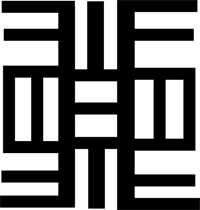
- Mmrere Dane (Time Changes)

Mmrere Dane means Time Changes and this stands for change and life’s dynamics.
- Mpatapo (Knot of reconciliation)
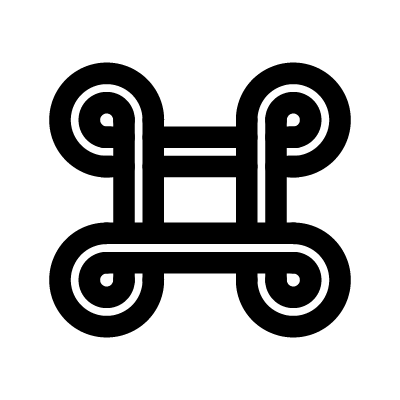
‘Mpatapo’ means Knot of reconciliation and it represents peacemaking and reconciliation.
- Akoben (War Worn)

The ‘Akoben’ means war horn and it represents vigilance and wariness.
- Denkyem (Crocodile)
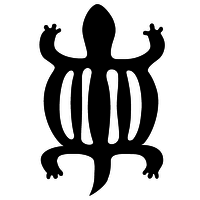
The ‘Denkyem’ means crocodile and its stands for adaptability in all spheres of life.
- Adinkrahene (Chief of Adinkra symbols)
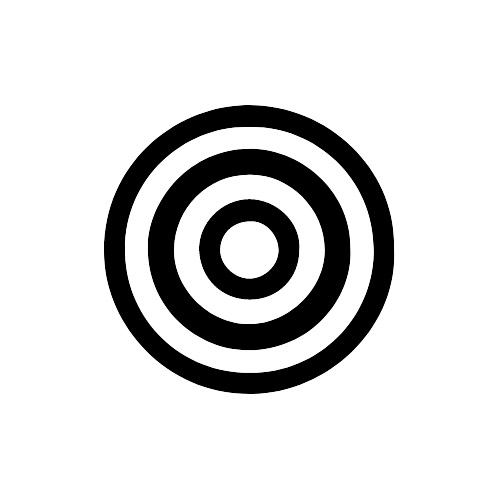
Adinkrahene means Chief of Adinkra symbols and he is the brain behind all the beautiful Adinkra symbols. The symbol represents greatness, charisma and leadership.
- Boa Me Na Me Mmoa Wo ( Help me and let me help you)
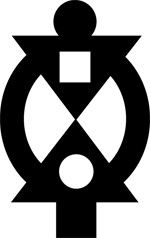
Boa Me Na Me Mmoa Wo literally means help me and let me help you and that connotes cooperation and interdependence.
- Gye Nyame (Except for God)
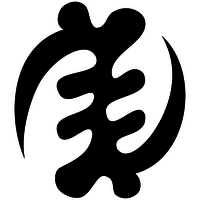
The ‘Gye Nyame’ symbol means except for God and that represents the supremacy of God as the creator of the universe.
- Sankofa (To retrieve/Go back for what is left behind)
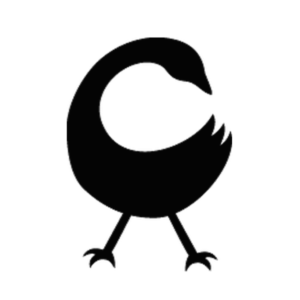
‘Sankofa’ literally means going back for what is left behind or it’s not taboo to fetch what is at risk of being left behind since that thing might be very significant. The symbol represents knowledge and critical examination of something.



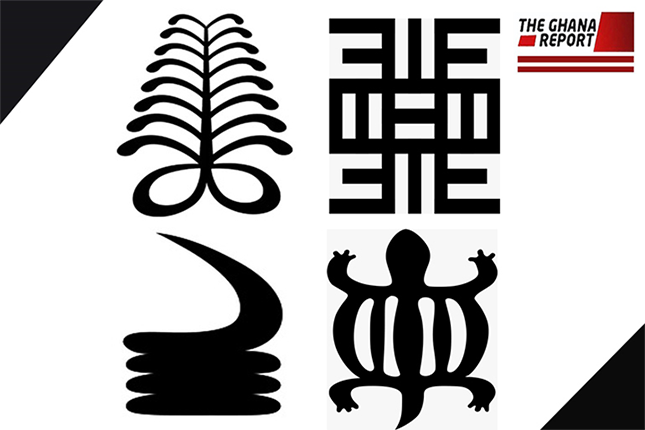
This has be a beautiful read. Very relevant and informative.
Great initiative
Kudos